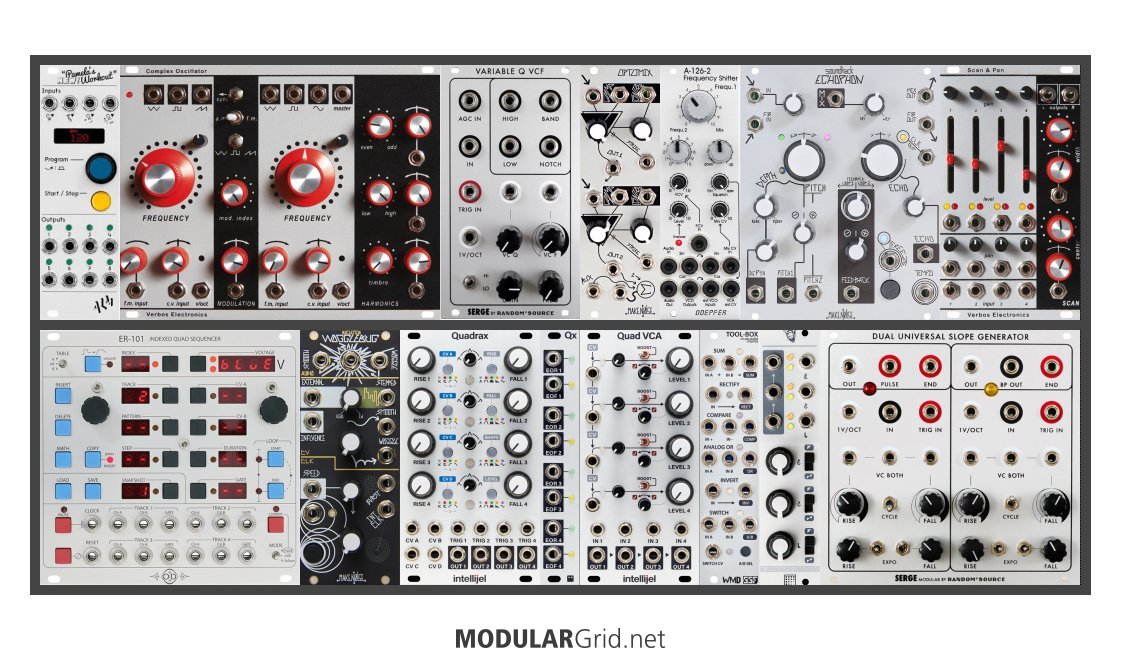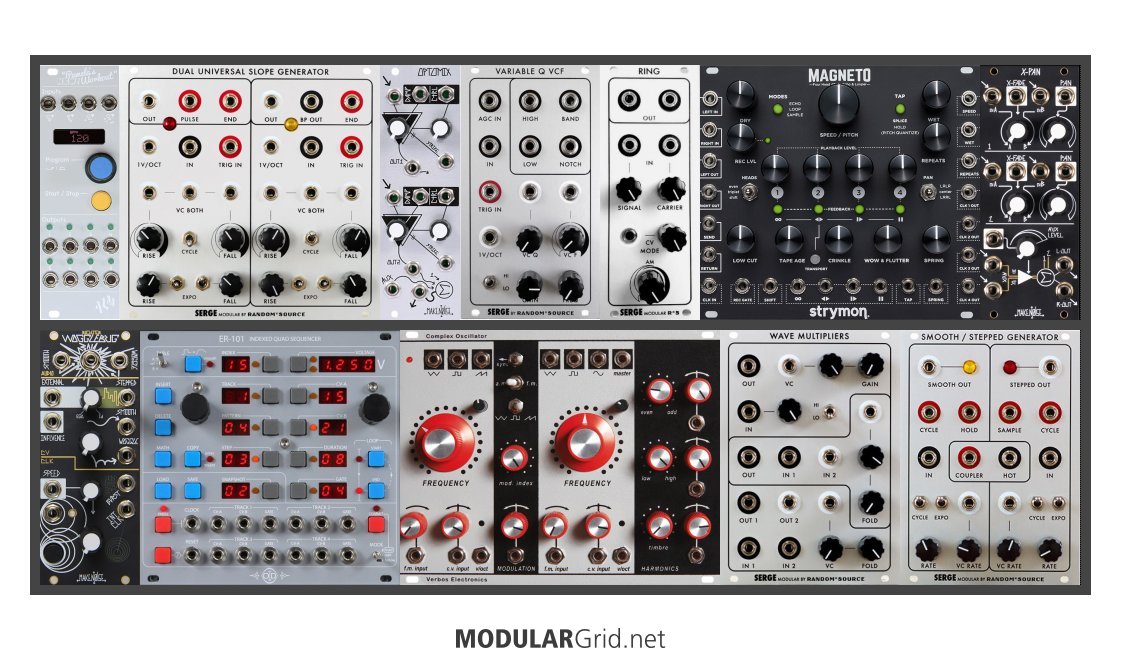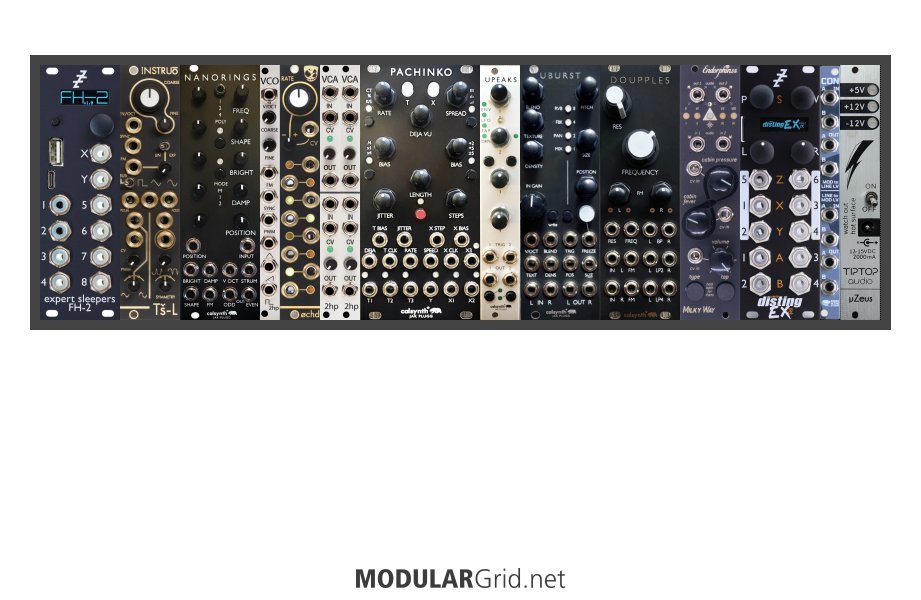- Pros/Cons to this approach when compared to a daw?
Well, it sort of requires a DAW or some other VST host so that you can run the translation from the control skiff's CV/gate/trig outputs to what the outboard sampler wants to see. There are modules that could do this directly, but the ability to precisely calibrate and route the outgoing MIDI calls is something that really belongs in "the box".
- What main sequencer could I pair with the sampler? Would have to be complex enough to run a large amount of voices, and not be entirely loop based (continue to move to the next sections of the song), jump to certain sections?
There are several that could work here...have a look in the "Sequencer" section and see which of the more complex devices offer the feature set your music requires. Some suggestions: Five12's Vector, Winter Modular's Eloquencer, 1010's Toolbox, Orthagonal's ER-101/102 pair, Zetaohm's FLXS1, Squarp's Hermod, or Malekko's Voltage Block/Varigate 8+ pair. ACL's Sinfonion also works as something of a "sequencing harmonic quantizer", makes a great pairing with any of these.
- I’m sure the modulation sources would be helpful in making it feel alive - is there some way to play parts in non quantized? A “humanizer” function (could be done within the rack)?
Plenty of those...dig around in the "clock modifiers", "controllers" and/or "utility" sections. There are even stochastic "skip" modules that drop a pulse or two depending on what level of potential change you've dialed in.
- Is there a possibility for cv controlled sample switching (e.g. different velocities)? Crossfading between sample velocities?
-- ethanlawrence
There should be. In modular, you've got piles and piles of different modules that can be linked together to build just about anything needed. It's just a matter of rooting around on MG until the exact bits pop up. I should note, though, that what you're describing needs a sequencer that's also got storable patches...and yep, there's possibilities all over the place. But since we're really talking about a controller here, what I prefer might not be what works in your situation...that's why I'm keeping things kind of open-ended here.
Although...one other thing that might be of use with a rig of this sort would be Soundmachine's Arches controller. Since everything on that is user-definable, you basically can rewrite what it does on the fly, store values and setups, etc etc etc. That could easily be rigged to send suitable sysex messages to the sampler itself as well.
One other point: the outboard sampler itself is perfect for dealing with multisampled sets, but when you rig that up with a FD replacement that uses SD or thumb drive memory, you can store MASSIVE amounts of sample sets on those when compared with the typical onboard HD found on those. If you'd thought that those old rack samplers were over and done, you really NEED to see what results when you update with one of those FD replacements!





